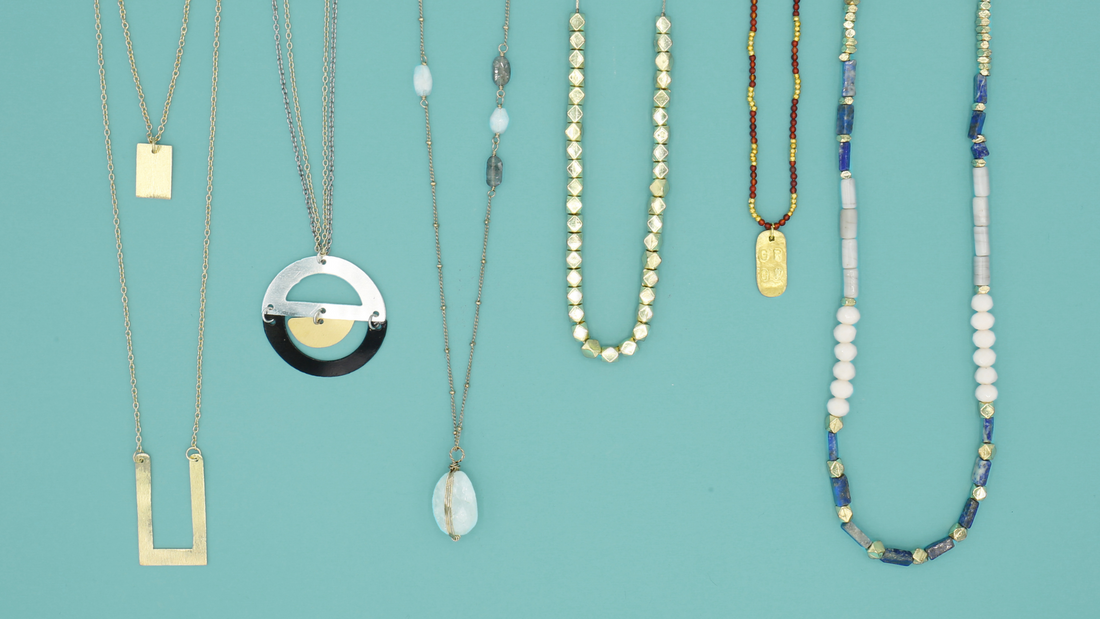What we see on fashion runways is definitely not the whole picture of the fashion industry. The glamorous and picture-perfect world of fashion exposed the gritty side of fashion when news of the Rada Plazabuilding in Bangladesh collapsed in 2013 broke in the news. This monumental disaster sparked the Fashion Revolution, which we of today celebrated every April annually.
The Rana Plaza in Bangladesh
“ Rana Plaza was a factory complex in Savar, Bangladesh, where more than 5,000 people worked making clothes for some of the biggest global fashion brands and retailers. The victims were mostly young women. “ - Fashion Revolution.
The ready-made garment sector in Bangladesh makes up 80% of the country’s export economy. About 4 million people are employed in this sector, many of which are women workers.
Rana Plaza was a garment factory complex with over 5,000 workers employed to make clothes for some of the biggest and influential (and mid-price range) fashion brands and retailers worldwide. Its doomed eight-story garment factory produced clothes for fashion brands that included Benetton and Mango, just to name a few. Apart from being a factory, the building had shops, banks, and apartments in the lower area of the building.
Located in Savar Upazila in Dhaki District, Bangladesh, Rana Palaza’s collapse has sparked an international conversation on ethical fashion pushed to the spotlight. The Rana Plaza incident is the fourth largest industrial disaster in history.
Before Rana Plaza Factory collapsed on April 24, 2013, the factory had reported having unsafe infrastructure. Workers noticed cracks on the building walls, and yet regardless of these multiple warnings, employees were still forced to work.
Based on the aftermath reports, the building’s architectural design was meant for shops rather than a garment factory. The structure could not support the weight of factory machines as well as its vibrations. In a blatant act of negligence, the upper floors skipped obtaining permits for its construction.
This tragedy took a total of 1,134 lives while 2,500 were injured. Survivors were trapped under rubbles and machinery for hours, even days before being rescued.
While a lot of the blame was threaded towards the building owner, this incident has also flamed a lingering question of accountability among retailers and supply chain management.
The vast majority of brands and retailers outsource the manufacturing and production of their products. Supply chains in the fashion industry are “highly globalized, complex and opaque.” The lack of transparency in the supply chain has a cost and still is costing lives.
The Movement: Fashion Revolution
“This tragedy was preventable. In the aftermath, survivors told stories of how they noticed cracks in the building and knew the building was hazardous just days before the collapse. Multiple workers told their supervisors that they were afraid to enter the building and continue working. The retails shops and banks on the ground floor shut down their operations, but the demand of an insatiable fashion industry forced garment workers to keep working. The ugly truth is that some of us may have bought and wore the clothes they made.” - Fashion Revolution.
From this tragedy emerged the Fashion Revolution, a non-profit organization working towards reform within the fashion industry. The movement has created a path to positive changes in 8 years since its inception, but the work is a continuous effort.
Today, the Fashion Revolution has turned into a global fashion activism movement mobilizing people worldwide to stand against the norms of how the fashion industry does its business. As we always share with our community of changemakers here at Fair Anita: “People before profit.”
Who made your clothes? Who made your jewelry? Who made your bag? Who made your shoes?
The pieces that we wear came a long way before hitting the rack and landing a space in our wardrobe. They are mirrors of other individuals who painstakingly made them.
However, the depth of the fashion revolution goes beyond people & profit. It’s about #changemakingfashion based in a broader spectrum, wherein the main goal is to break the norms, patterns, and collective consciousness surrounding fashion. As citizens who partake in the cycle of consumerism, we are asked not to turn a blind eye but rather to question the social impact of modern consumerism.
This Year’s Theme
As the global community comes together this April to create a better fashion industry, this year’s Fashion Revolution theme is focused on the interconnectedness of human rights and rights of nature. The campaign’s goal is to tap into the community’s creativity to explore, discover innovative and interconnected solutions.
We invite you to join this movement and challenge the norms of the fashion industry!
This year for Fashion Revolution, Fair Antia is diving deeper -- doing a whole month of education and actions. Join us in our #changemakingfashion challenges to challenge the fashion industry’s norms in hopes of creating a world where all women are safe, valued, and respected no matter their geography.

